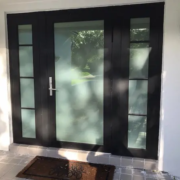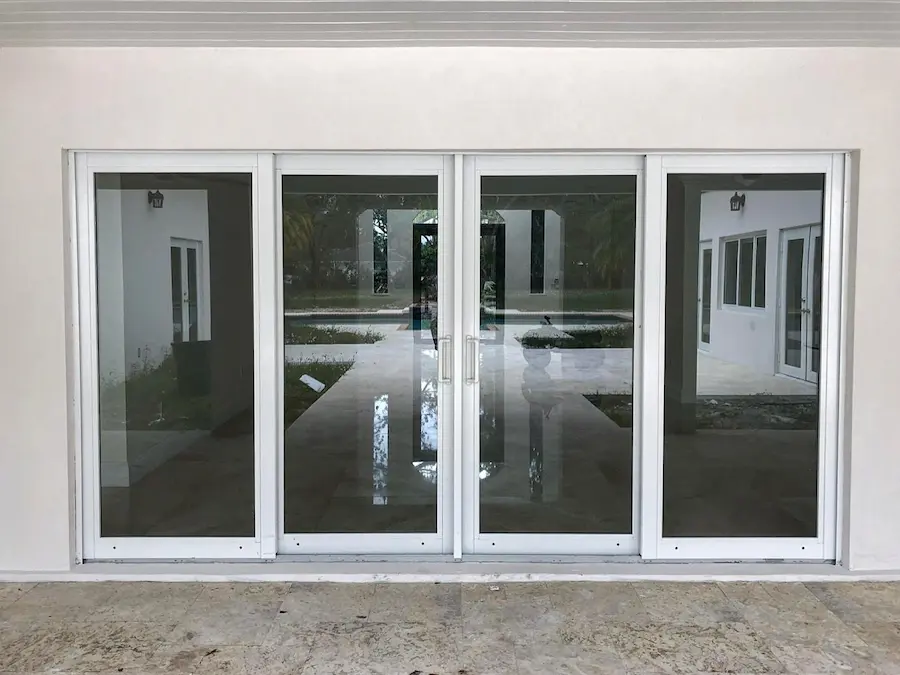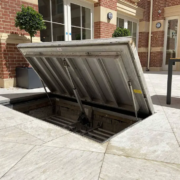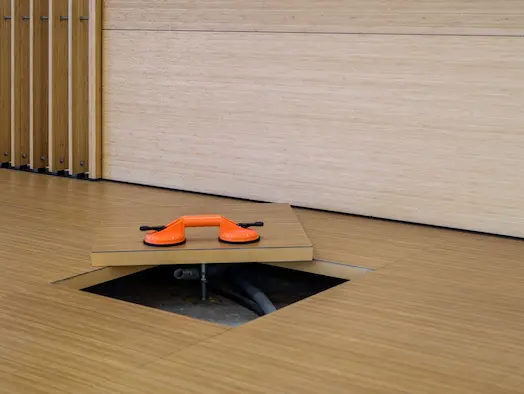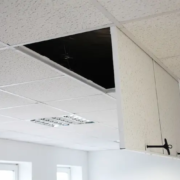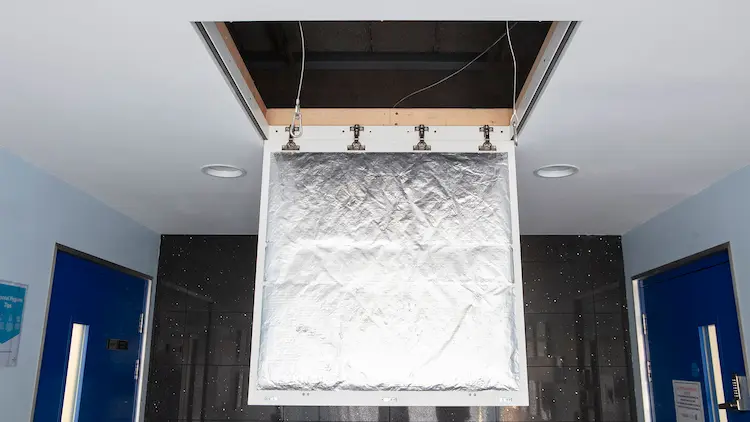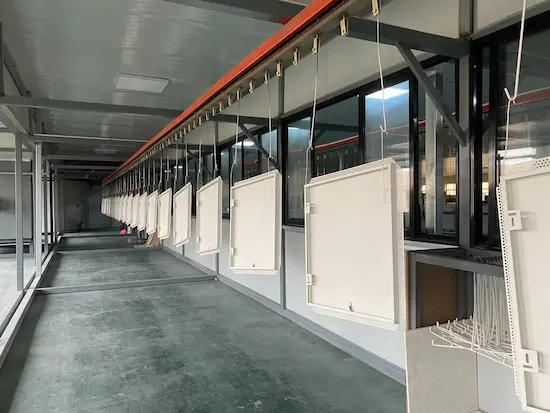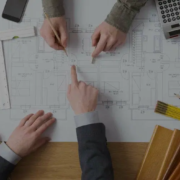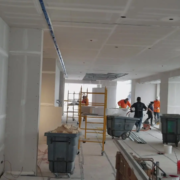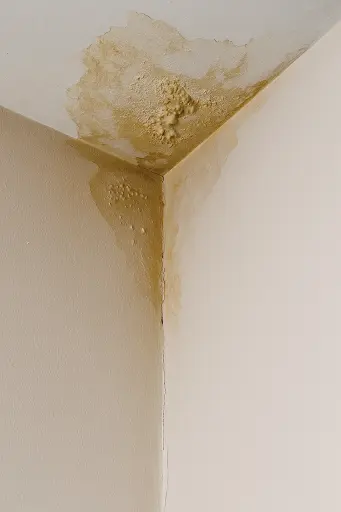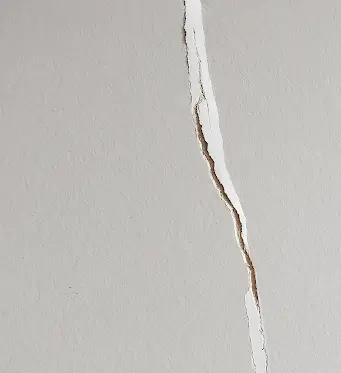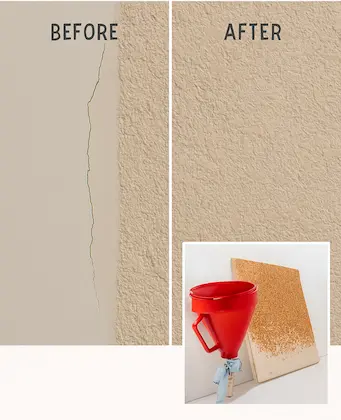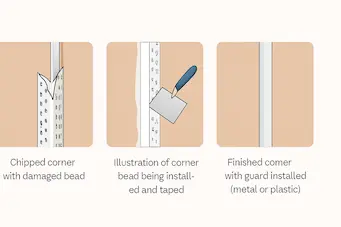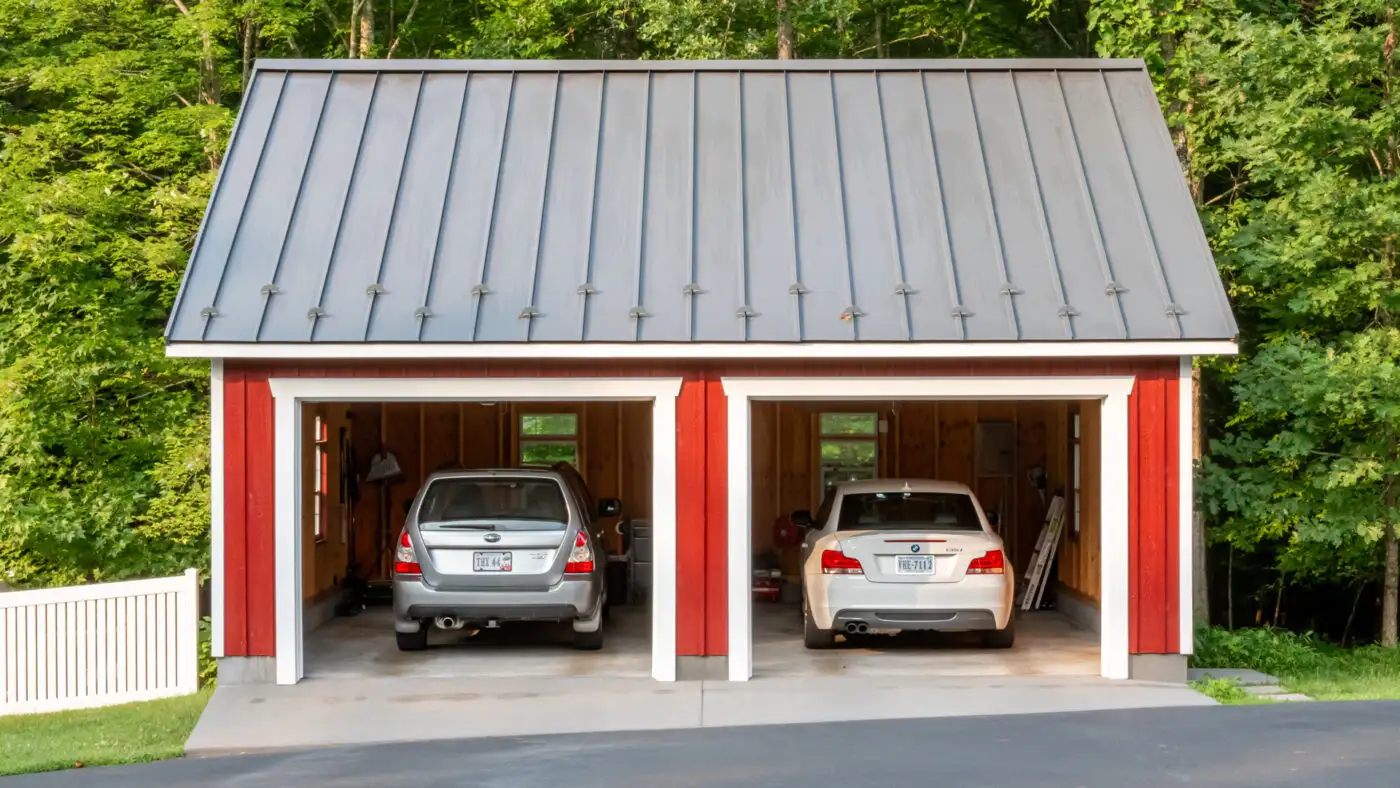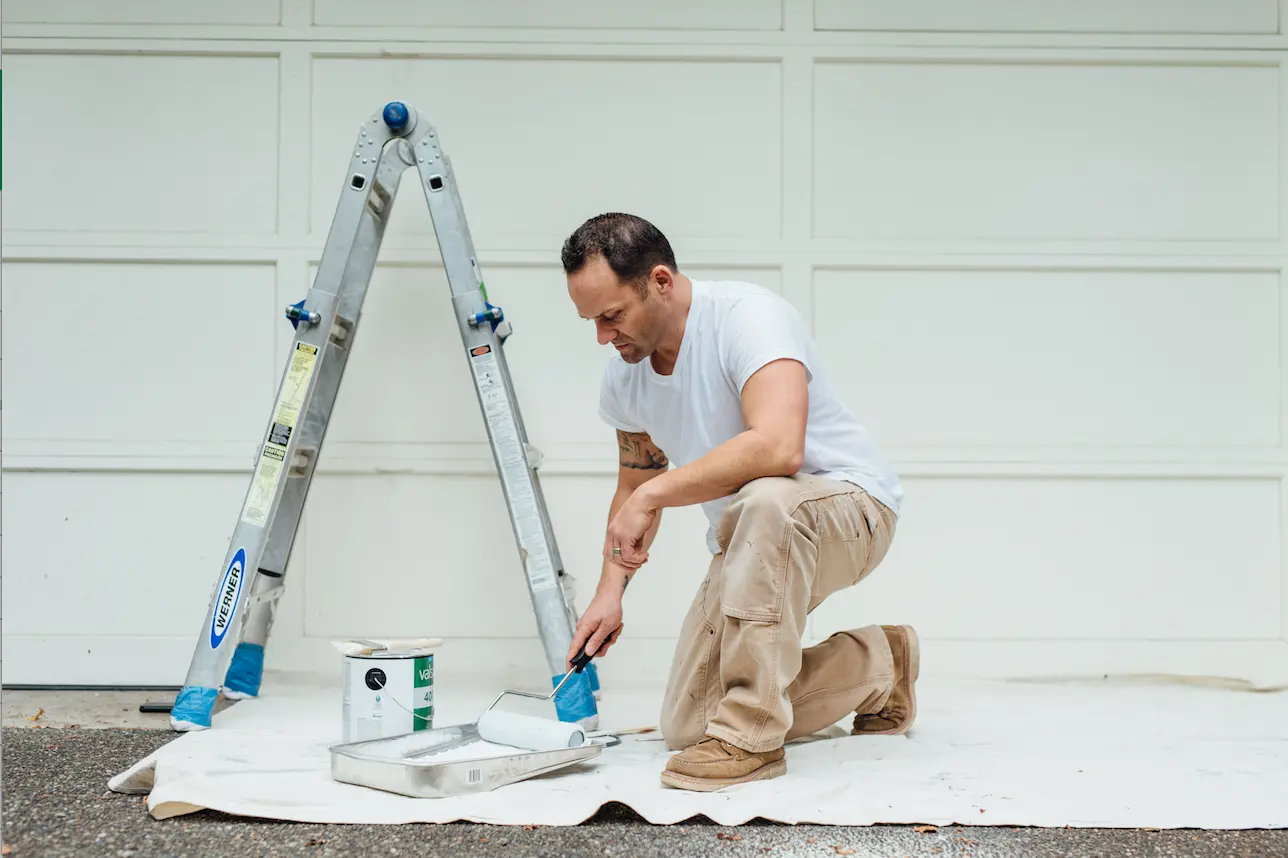What is the Average House Exterior Painting Cost in 2025‑2026?
You are passing through your driveway and stop for a moment. What happened to your house’s outdoor paint? It has weathered, chipped and peeled. Obviously, needs to be repainted. But how much will it cost you?
The answer isn’t a single number. It’s a shifting target, formed via your property’s length, condition, location, the kind of paint, or even the extent of prep‐work. Whether you’re a homeowner budgeting this year’s projects or a contractor getting ready for your subsequent bid, knowing what drives the expenses allows you to set realistic expectancies.
Average House Exterior Painting Cost in 2025‑2026
In 2025, the cost to paint the outside of a house in the US lies somewhere within the range of $3,000 to $7,000 for many single-family homes under ~2,500 sq ft.
Here’s a simplified table showing the house exterior paint cost, depending on the particular area.
| Home size/type | Typical cost range | Notes |
| ~1,000–1,500 sq ft | ~$2,000 to ~$4,000 | Smaller homes, single‐story, good condition |
| ~2,000–3,000 sq ft | ~$4,000 to ~$6,000 | Standard size, moderate features |
| 3,000 sq ft+ / multi‐story / complex | ~$6,000 to ~$10,000+ | Large homes, many angles, detailed trim |
Also Read: Average Cost to Paint the Interior of the House
Exterior House Painting Cost Drivers
If you’re a contractor bidding or a homeowner seeking to compare 3 quotes, you’ll need to recognize the following factors. They affect the house exterior paint cost significantly. Understanding them will help you save on all expenses.
-
Size & Shape of the House:
More square footage, way more paint and more labor, consequently increasing the paint price. Multi‑tale homes require scaffolding or lifts, more secure and special equipment, hence increasing the project expense.
| Factor | Cost Range |
| Size of house – small (~1,000‑1,500 sq ft) | ~$2,000 – ~$4,000 |
| Size of house – medium (~2,000‑3,000 sq ft) | ~$4,000 – ~$6,000 |
| Size of house – large/complex (3,000+ sq ft) | ~$6,000 – ~$10,000+ |
-
Surface Condition & Prep Work
Prep needs increase the cost notably. If your outdoors wall paint is properly maintained, it’s going to be worth much less to repaint. However, a peeling, cracked, left-out surface costs more because of scraping, sanding, and upkeep earlier than the paint goes on.
-
Type & Quality of Paint
Choose the best between widespread acrylic/latex, premium climate‐resistant, and eco‐friendly paint. Higher fine means higher material price, but, will give you long-term reliable results.
| Factor | Cost Range |
| Paint cost – standard (per gallon) | ~$30 – ~$60 |
| Paint cost – premium (per gallon) | ~$70 – ~$100 |
-
Number of Coats
Some paints need two complete coats, especially if changing shade. Similarly, a few jobs require unique trim/accents, more than one coloring. It will encompass extra time, more material, and subsequently extra cost.
-
Region & Labor Rates
Labor and material charges vary broadly by means of geography. Rural regions frequently have much less to paint the exterior of the house. However, massive metro areas offer a better quality of living and higher costs for painting the house exterior.
| Factor | Cost Range |
| Regional southeast (cost/ft²) | ~$1.60 – ~$3.20 |
| Regional northeast (cost/ft²) | ~$2.00 – ~$4.60 |
| Labor – standard hourly (US averages) | ~$25 – ~$75/hour (varies widely) |
| Per square foot cost range | ~$1.50 – ~$4.00+ (variable) |
-
Accessibility & Complexity
Many homes have windows, decorative trim, hard angles, steep roofs, and tall trees within the area, all raise labor time and subsequently wages. Also, homes on hills, uncommon materials, or requiring unique scaffolding cost more to paint.
-
Additional Features & Hidden Costs
Extra colorings, shutters, gutters, electricity washing, disposal of old coatings; all these kinds of small items and activities add up.
Here is a table for rough estimates.
| Factor | Cost Range/ Notes |
| Regional southeast (cost/ft²) | ~$1.60 – ~$3.20 |
| Regional northeast (cost/ft²) | ~$2.00 – ~$4.60 |
| Hidden/extra costs | Repairs, scaffolding, extra colours, and environmental disposal fees |
House Exterior Paint Costs Variation Based on Different Regions
Because location matters, right here’s a region snapshot so that you can benchmark your local cost more realistically.
| Region | Approx cost per sq ft | Notes & examples |
| Northeast | ~$2.00 – ~$4.60 per sq ft | Metro‐areas like Boston, Hartford: higher labor/materials. |
| Midwest | ~$2.10 – ~$4.10 per sq ft | Cities like Chicago, South Bend. Moderate cost but can rise with cold climate prep. |
| Southeast | ~$1.60 – ~$3.20 per sq ft | Places like Jacksonville, Dothan, GA. Typically, lower cost of living/labor. |
| Southwest | ~$1.70 – ~$3.60 per sq ft | Cities like Phoenix, Houston. Dry climate, but sometimes cheaper labor. |
| Northwest | ~$2.20 – ~$4.70 per sq ft | Regions like Seattle, Beaverton are more expensive due to demand and climate. |
Example Full‐House Exterior Paint Cost by Region
For a typical 2,000 sq ft single‑story home:
- Southeast: ~$1.60‑3.20 ×2,000 = ~$3,200 to ~$6,400
- Northeast: ~$2.00‑4.60 ×2,000 = ~$4,000 to ~$9,200
Also Read: How Much Does it Cost to Paint a 1500 Sq. Ft New House
Additional Costs to Consider
A few greater expenses might be buried in your painting quote, so it’s essential to know precisely what’s included.
-
Power Washing
It is often necessary, earlier than painting, to remove dirt, grime, or mold. Power washing can add anywhere from $100 to $300 to the expense, depending on the area of the house.
-
Trim Work
If your house has difficult trim or a couple of colors, the fee of painting trim may be as high as $500 to $1,500, depending on the level of difficulty and the quantity of trim concerned.
-
Disposal Fees
If old paint needs to be scraped or hazardous materials need to be disposed of, the task expense could add another $100 to $500.
What Contractors Should Keep in Mind?
If you’re a contractor bidding on jobs:
- Always consider the prep work in your estimate.
- Specify paint brand & quality.
- Account for scaffolding/ladders when activity top or complexity increases.
- Consider the seasonal impacts on paint cost, as off-season months result in reduced demand from labor.
- Provide clients with an accurate cost table showing alternatives so that they understand the choices and make the right decision.
- Include maintenance costs to add value to your proposal.
What Homeowners Should Ask
If you’re getting quotes from multiple contractors, consider the following points:
- Ask: What’s included? Does the quote cover prep, strength washing, caulking, siding restore, primer, quantity of coats, disposal, and cleanup?
- Compare prices like for like: same paint emblem/best, equal quantity of coats, identical prep assumptions.
- Don’t usually choose the bottom bid. If it appears too cheap, check what’s been cut out.
- Ask for the labor timeline and the way climate/seasonality might affect it.
- Always consider other outside tasks to get better efficiency from your outdoor paint project plans.
- Ask your planners about a warranty or guarantee to get long-term best results.
- Plan house exterior paint in the off-season so that you can benefit from the lower demands of painting contractors.
The Seasonal Impact on House Exterior Paint Cost
Like most domestic improvement projects, the cost of outside painting can vary primarily based on the time of 12 months. Spring and summer seasons have a tendency to be the busiest seasons for painting contractors, and as demand rises, so do the prices. If you are willing to look forward to the cold months, you can save up to 10-15% on the overall project expense, especially if the contractor is much less busy at some point during off-season months.
If you choose winter or fall, you can experience a long drying period or project delays due to unfavorable climate conditions. Therefore, you must avoid winters if your house is area where temperatures drop under 50°F. Having your house in a warmer region gives you a choice to plan your house exterior paint accordingly to your convenience. This also helps you spend less and get the best quality outdoor finishes.
DIY vs Professional Hiring
DIY is a good choice to save money on house exterior painting, but it can cost you many dollars if things go wrong. If your house is under 1,500 sq ft, it will cost you between $500 and $1,000 for painting material, equipment, and tools.
However, if you want to get the best quality long-term benefits from your 1 time investment, hiring a professional must be your choice. They bring years of experience, the right equipment, and a quicker turnaround. Furthermore, when you hire an expert, you’re procuring more than simply effort; you’re investing in nice, precision, and speed. Professionals can get the job done in a few days in place of weeks, and they ensure the outdoor paint last longer.
If you choose DIY, be prepared for a time-eating task, specifically if your house is multiple-tale or if you’re handling a lot of difficult trim or hard-to-attain regions. Additionally, mistakes that include choppy paint or wrong prep paintings can lead to high-priced redoing of sections, doubtlessly making you get out of your budget.
Final Thoughts
House exterior painting is a significant task when it comes to expenses. Therefore, you must plan it smartly. The accurate project budget can be affected by the size of the house, the complexity of the project, the location of your house, and many other factors discussed above. You must understand all these factors to spend less and get the best results.
If you struggle with the house exterior painting budget, you must get assistance from a professional team at USA Estimators. We aim to provide precise and accurate construction estimates for your house exterior painting project so that you can spend less and get the maximum output. For contractors, we ensure you submit proposals with dependable estimates, enabling you to impress your clients and win the contract.
Ready to get started? Contact USA Estimators for accurate budget plans for your house exterior paint project!






